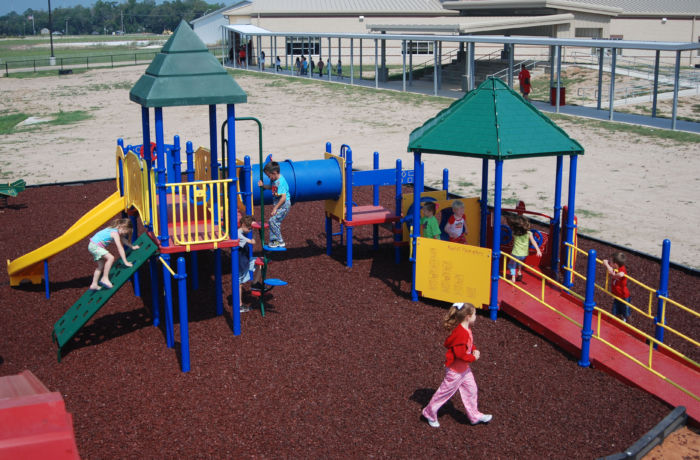
One size rarely fits all—especially when selecting school playground equipment that engages toddlers, preteens, and everyone in between. Each developmental stage has unique physical, cognitive, and social requirements, making age-specific equipment essential for safety and enriching play experiences.
At Kidstuff Playsystems, we design playgrounds tailored to different developmental stages, ensuring every child—regardless of age, ability, or skill level—can safely and enjoyably explore and grow.
Here’s how to plan a comprehensive, well-segmented playground.
Understanding Developmental Needs by Age
Toddlers (Ages 6–23 Months)
Play equipment for toddlers is all about sensory exploration and simple interaction. At this age, children are just beginning to engage with their environment and develop basic motor skills. Equipment should be extremely low to the ground—often at ground level—and include sensory and interactive panels, short and narrow slides, and safe activity features for new walkers and crawlers. The focus is on safety, accessibility, and early stimulation.
Preschoolers (Ages 2-5)
Preschool-age children are rapidly developing motor skills, balance, and cognitive abilities. Playgrounds for this group should offer low-level, accessible challenges that promote confidence and growth through climbing, sliding, and interactive elements. Sensory panels, gentle ramps, and imaginative play structures help support social interaction and creative thinking at this stage.
Early Elementary (Ages 5-8)
At this stage, children seek more complex and physically engaging activities. Equipment should focus on refining motor skills, balance, and coordination through climbing structures, monkey bars, and interactive games. Playgrounds should provide varied and engaging challenges appropriate for growing confidence and social interaction.
Upper Elementary (Ages 8-12)
Children aged 8-12 require equipment that promotes physical fitness, encourages social interaction, and offers greater challenge. This age group benefits from advanced climbing structures, obstacle courses, and equipment that supports social gatherings, such as shaded benches or designated hangouts.
Selecting Appropriate Equipment for Each Age Group
Ideal Playground Equipment for Toddlers
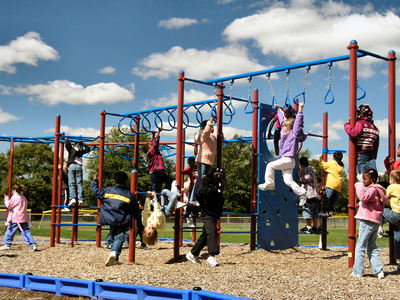
- Sensory panels and musical instruments
- Gentle slides and low-climbing steps
- Interactive play panels and sandboxes
- Safe and accessible swings
Recommended Equipment for Elementary Children
- Moderate climbing structures and monkey bars
- Swings and balance beams
- Bridges, tunnels, and multi-activity structures
- Interactive play that encourages cooperative behavior
Equipment Best Suited for Preteens
- Challenging climbing walls and overhead rings
- Rope structures and obstacle courses
- Dynamic swings and zip lines
- Designated social areas, including benches and shaded seating
Combining Equipment for Multiple Ages
Zoning the Playground
Clearly defining age-appropriate zones helps reduce accidents and ensures each group has space suited to their developmental needs. Create distinct areas separated by clear physical boundaries and signage, facilitating easy supervision.
Transitional Zones
Include equipment like swings and multi-user spinners that can safely accommodate various age groups, clearly labeling these areas with recommended usage guidelines to maintain safety.
Promoting Cross-Age Interaction
Encourage older students to mentor younger ones, teaching games or demonstrating equipment use, fostering empathy, leadership, and confidence among different age groups.
Inclusive Design and Accessibility
Equipment for Varied Abilities
Ensure all playgrounds are inclusive, integrating accessible ramps, adaptive swings, and sensory-friendly features. These elements allow children of all abilities to play together and feel valued.
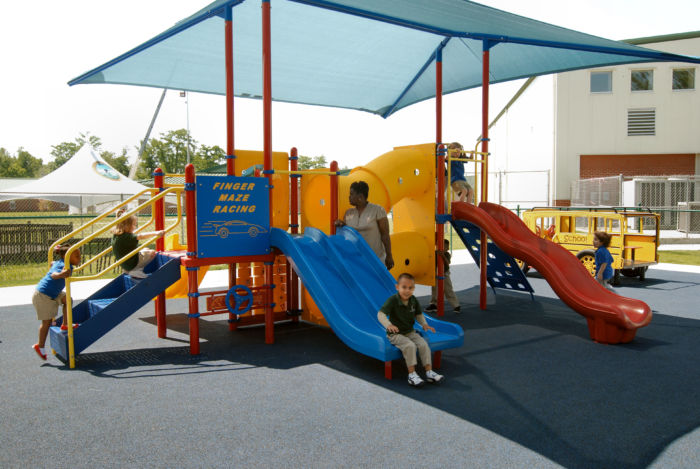
Universal Design Principles
Aim for playground equipment that accommodates a broad range of users without needing specialized adaptations. This inclusive approach benefits children, caregivers, and the broader community.
Social Integration
Incorporate equipment such as musical instruments and collaborative games, promoting social interaction across diverse age groups. Features like group spinners and multi-user seesaws foster cooperation, turn-taking, and shared experiences.
Maintenance and Long-Term Considerations
Durability by Age Group
Older children may use playground equipment more aggressively, requiring more durable construction in these zones. Select robust materials that can withstand heavy use.
Future-Proofing
Choose modular equipment that can be adapted or expanded as student populations change, allowing your school playground to remain relevant and engaging over the years.
Safety Inspections
Routine inspections by qualified professionals ensure playground safety and durability. Regular checks can identify potential issues early, keeping the playground safe for all age groups.
Practical Tips for Schools
- Engage teachers, parents, and students in the selection and planning process. Gathering diverse input ensures the playground meets the community’s actual needs and preferences.
- Prioritize flexible playground designs to adapt easily to changing demographics and developmental needs, considering equipment that can serve multiple purposes or age groups.
- Plan for clear and visible supervision areas to enhance safety and effective monitoring, strategically positioning benches and shade structures to encourage active adult supervision.
- Consider long-term maintenance requirements and choose equipment that’s easy to repair or upgrade.
- Explore funding options, grants, and community partnerships to maximize resources and involve the broader community in supporting the playground project.
Build a Playground Where Every Child Thrives With Kidstuff Playsystems
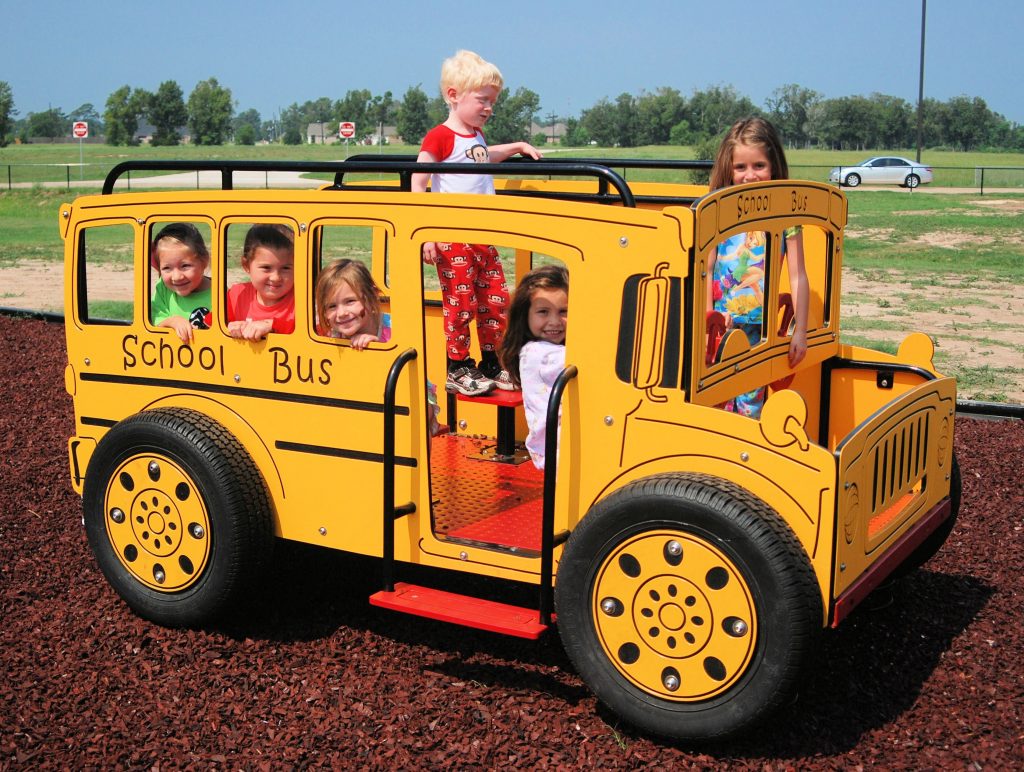
Creating a playground tailored to different age groups involves more than just selecting equipment—it’s about crafting environments where every child can safely learn, grow, and play. Thoughtful zoning, clear signage, inclusive design, and long-term planning ensure your playground meets the diverse developmental needs of your students.
At Kidstuff Playsystems, we carefully design playground equipment to match each developmental stage, offering diverse and engaging play experiences tailored to toddlers, elementary-age children, and beyond.
Contact us at (800)255-0153 for expert guidance and personalized recommendations. We’re here to help design and build school playgrounds that inspire, challenge, and delight every child!
Request a quote online today and start building a playground every age can enjoy.

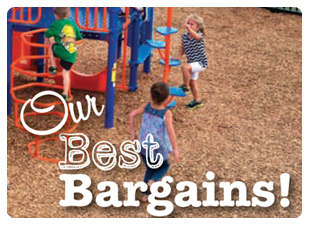
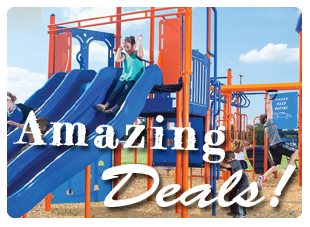
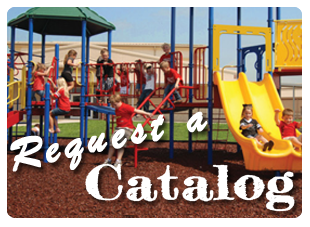
Leave a Reply